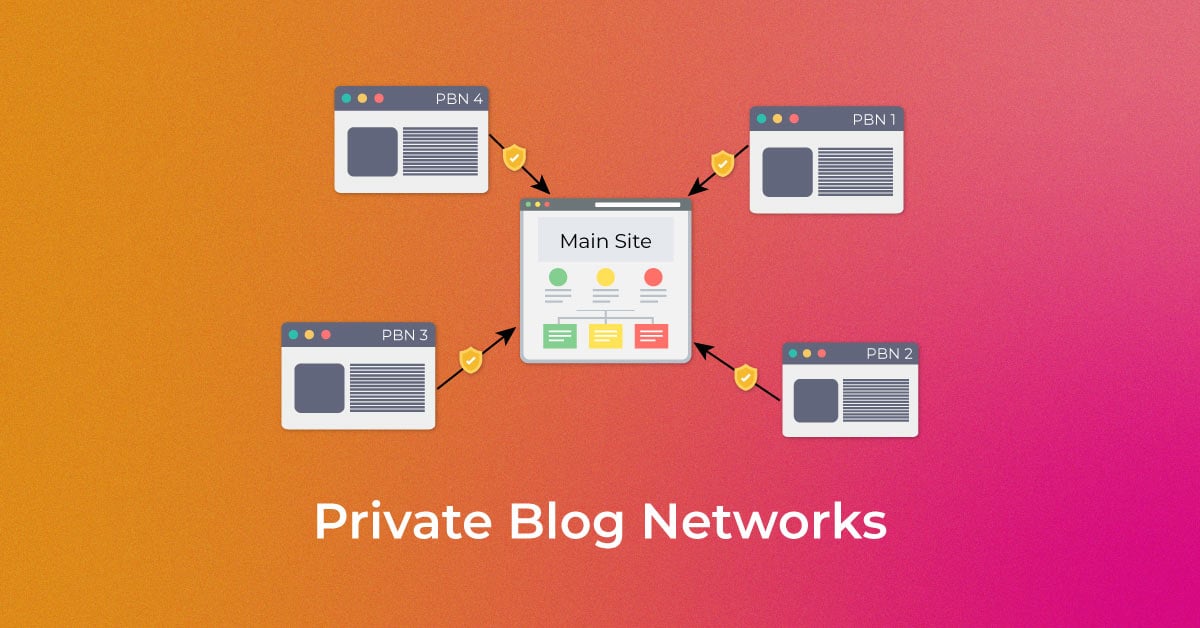All Categories
Featured
Table of Contents
- – What Is The Most Reliable Semantic Seo Best Pr...
- – How To Choose The Top Semantic Seo Techniques
- – The Leading Semantic Keyword Research Service?
- – Who Is The Top Semantic Keyword Research
- – Which Brand Of Seo With Semantic Search Is T...
- – What Is The Most Suitable Semantic Search En...
- – Who Is The Most Reliable Semantic Seo Insigh...
This is due to the fact that search engines have developed and are moving a lot more and much more in the direction of reading content on the internet. Of course, that has additionally changed the means we produce material, especially if we want to place better in the search engines.
, the leader of the Web, spoke of to stand for the idea that all points in the cosmos are deeply interconnected. Intertwingularity is not typically recognized, people keep pretending they can make things deeply ordered, categorizable and consecutive when they can not. Everything is deeply intertwingled. Based upon the relationships between search intents, the search engine likes a material ready by computing the range in between the vectors of meaning.
It enables you to see, starting from a topic, all the entities that relate to that subject. This way you can plainly see which entities/concepts/ideas have already been covered on your web site, and you can discover brand-new opportunities by comprehending what content you can add and how to produce it.
What Is The Most Reliable Semantic Seo Best Practices Brand
It is able to make your content easy to understand for search engines on the one hand and for your target market on the various other. Structuring your content version highlights your content and its hidden partnerships to ensure that online search engine can identify you among hundreds of pieces of info, making you a lot more noticeable to customers who meet the search intent related to your service.
In semantic search engine optimization copywriting, an editor begins with a wider series of subjects and customizes the content to include semantically pertinent terms and phrases that aid visitors recognize a subject, comparable to reviewing web content in a wiki. From a material creating viewpoint, one functional way to do this is to create a vocabulary of terms and inquiries surrounding your target topic.
How To Choose The Top Semantic Seo Techniques
Discover more about by seeing the by!.

Semantic search refers to the procedure of just how search engines understand and match key words to a searcher's intent in natural search results page. Prior to semantic search, internet search engine like Google ran like matchmakersaligning details words in your query with those specific words on pages. The results were uncomplicated yet typically did not have deepness.
The Leading Semantic Keyword Research Service?
It allows Google to offer quick, precise response to look queries regarding real-world subjects. When you type a query word right into Google, you're not simply going into a sequence of words. You use a complex web of definitions and links. Google's Expertise Chart sees these words as entities with context and relationships.
When you look for "Apple," Google doesn't just see a word that defines a fruit. It recognizes Apple as a firm and can supply relevant details. Like the name of its chief executive officer, Tim Cook, or its most recent stock costs. Google announced the Hummingbird update in 2013. It was Google's response to the increase of voice searches, where queries came to be much more conversational and nuanced.
Who Is The Top Semantic Keyword Research
By integrating NLP, Hummingbird enabled Google to move beyond simple keyword matching. It assisted the search engine comprehend search intent, boosting the odds that results would properly match the reason behind a customer's search. As the 3rd essential ranking element after web content and web links, RankBrain has actually enhanced Google's semantic search abilities to recognize the meaning of search inquiries.
Making it extra efficient at taking care of never-before-seen search queries. RankBrain thinks about even more than simply key phrases when analyzing a search question.
So it brings outcomes that match the keywords and straighten with the total intent of supplying young puppy training recommendations. And if the individual regularly looks for dog-related material, Google may focus on much more in-depth training guidesrecognizing the customer's continuous passion in the topic. Integrating technologies like the Knowledge Chart, Hummingbird, and RankBrain, semantic search helps the Google algorithm interpret and connect data across a substantial internet of information.
Which Brand Of Seo With Semantic Search Is The Top?
The focus changes from keyword selection to an all natural method including individual intent, topical relevance, and general individual experience. Creating material that deals with the searcher's demands with detailed information can improve your SERP positions.
And type of web content can best satisfy their demands. A wider technique to content aligns better with semantic search's shift far from exact search phrase matching and towards individual intent. Which discusses the boosted concentrate on subject collections, as opposed to individual search phrases. Material that covers search questions a lot more extensively not just pleases users.
And five times greater than sites that take 10 secs to tons. While technical search engine optimization makes certain optimal web site efficiency and ease of access, concentrating on user experience (UX) takes it a step further. UX intends to create an aesthetically attractive, straightforward interface with engaging, quality content that encourages visitors to remain. Semantic search technology enables search engines to aim for outcomes that provide the most effective feasible UX.
What Is The Most Suitable Semantic Search Engines To Get Right Now

All showcase Google's ability to resolve a subject query comprehensively. By comprehending the context and intent behind individual inquiries, search engines can deliver more pertinent information and possibly boost individual engagement. Personalization in search results creates better UX.Based on your past search history and preferences as an individual, semantic search helps internet search engine customize the results to fit your distinct needs and rate of interests.
It fetches results that match the keywords and align with the overall intent of supplying young puppy training advice. And if the individual regularly searches for dog-related web content, Google could focus on extra comprehensive training guidesrecognizing the customer's recurring rate of interest in the topic. Combining modern technologies like the Knowledge Graph, Hummingbird, and RankBrain, semantic search helps the Google algorithm translate and connect data throughout a vast internet of details.
Who Is The Most Reliable Semantic Seo Insights Service?
The focus shifts from keyword option to an alternative approach including customer intent, topical significance, and total user experience. Developing material that resolves the searcher's requirements with extensive info can improve your SERP positions.

A broader method to material aligns much better with semantic search's change away from specific keyword matching and toward customer intent. Content that covers search inquiries more thoroughly not just satisfies customers.
UX aims to create a visually appealing, user-friendly interface with appealing, high quality material that urges site visitors to remain. Semantic search modern technology makes it possible for search engines to aim for outcomes that offer the finest possible UX.
All showcase Google's ability to resolve a subject inquiry adequately. By understanding the context and intent behind individual queries, internet search engine can supply a lot more pertinent information and possibly raise customer involvement. Customization in search results page produces much better UX.Based on your previous search history and preferences as a user, semantic search assists internet search engine customize the results to fit your special needs and rate of interests.
Table of Contents
- – What Is The Most Reliable Semantic Seo Best Pr...
- – How To Choose The Top Semantic Seo Techniques
- – The Leading Semantic Keyword Research Service?
- – Who Is The Top Semantic Keyword Research
- – Which Brand Of Seo With Semantic Search Is T...
- – What Is The Most Suitable Semantic Search En...
- – Who Is The Most Reliable Semantic Seo Insigh...
Latest Posts
When Is The Best Time To Buy What Is Semantic Seo
What Do Semantic Content Creation Services Include?
What Is The Most Effective Optimizing For Search Intent On The Market Right Now
More
Latest Posts
When Is The Best Time To Buy What Is Semantic Seo
What Do Semantic Content Creation Services Include?
What Is The Most Effective Optimizing For Search Intent On The Market Right Now